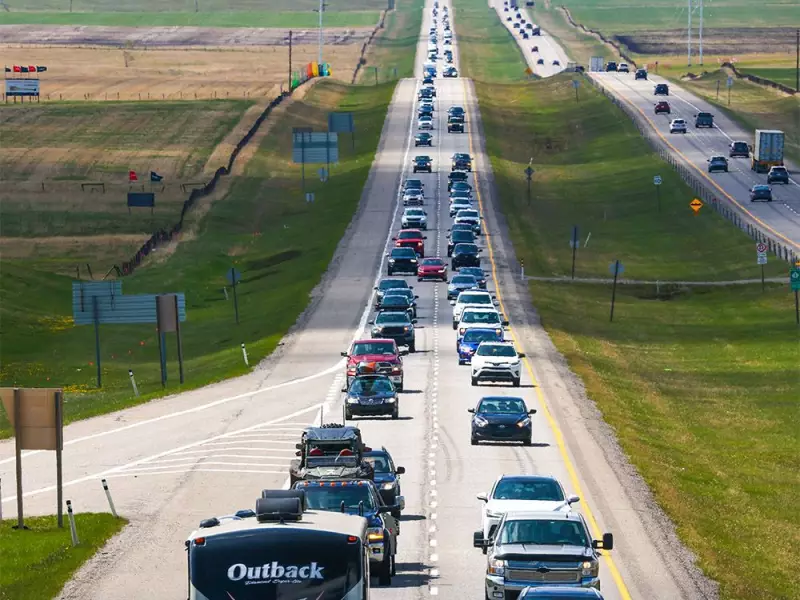
The Alberta government is steering toward a significant change on provincial roadways, with the United Conservative Party proposing higher speed limits for divided highways across the province. This potential policy shift has ignited a robust conversation about balancing travel efficiency with road safety.
Transportation Minister Devin Dreeshen has confirmed that the government is actively reviewing current speed regulations, suggesting that many of Alberta's multi-lane highways might be operating below their safe potential speeds. The review comes as part of a broader examination of how modern vehicle technology and improved road infrastructure might justify increased limits.
The Safety Paradox: Faster Speeds vs. Accident Prevention
Critics of the proposal point to concerning statistics from jurisdictions that have previously increased speed limits. Data from Montana and several U.S. states showed measurable increases in road fatalities following similar changes. Safety advocates argue that higher speeds typically result in more severe collisions and reduced reaction time for drivers.
However, proponents counter that modern vehicles feature advanced safety systems, improved braking capabilities, and better stability control than the cars that existed when current speed limits were established. They also note that many drivers already exceed posted limits, suggesting that more realistic regulations might improve compliance.
Alberta's Unique Highway Landscape
The province's divided highways present a particular case study. These roadways, featuring separated lanes and limited access points, are fundamentally different from undivided rural roads or urban streets. The physical separation significantly reduces head-on collision risks—one of the deadliest types of accidents.
Queen's University transportation expert Maxime Blanchette-Joncas emphasizes that speed limit decisions should be evidence-based, considering specific road design, traffic patterns, and collision history rather than applying blanket changes.
Public Opinion and Political Considerations
The proposal has generated mixed reactions from Alberta drivers. Some welcome the potential for reduced travel times between cities, while others express concerns about increased fuel consumption and vehicle wear. The political dimension also looms large, as the government must weigh popular demand against safety experts' recommendations.
As the review process continues, Albertans can expect ongoing debate about the appropriate balance between mobility and safety on the province's key transportation corridors. The outcome could set a precedent for other Canadian provinces considering similar changes to their highway regulations.





